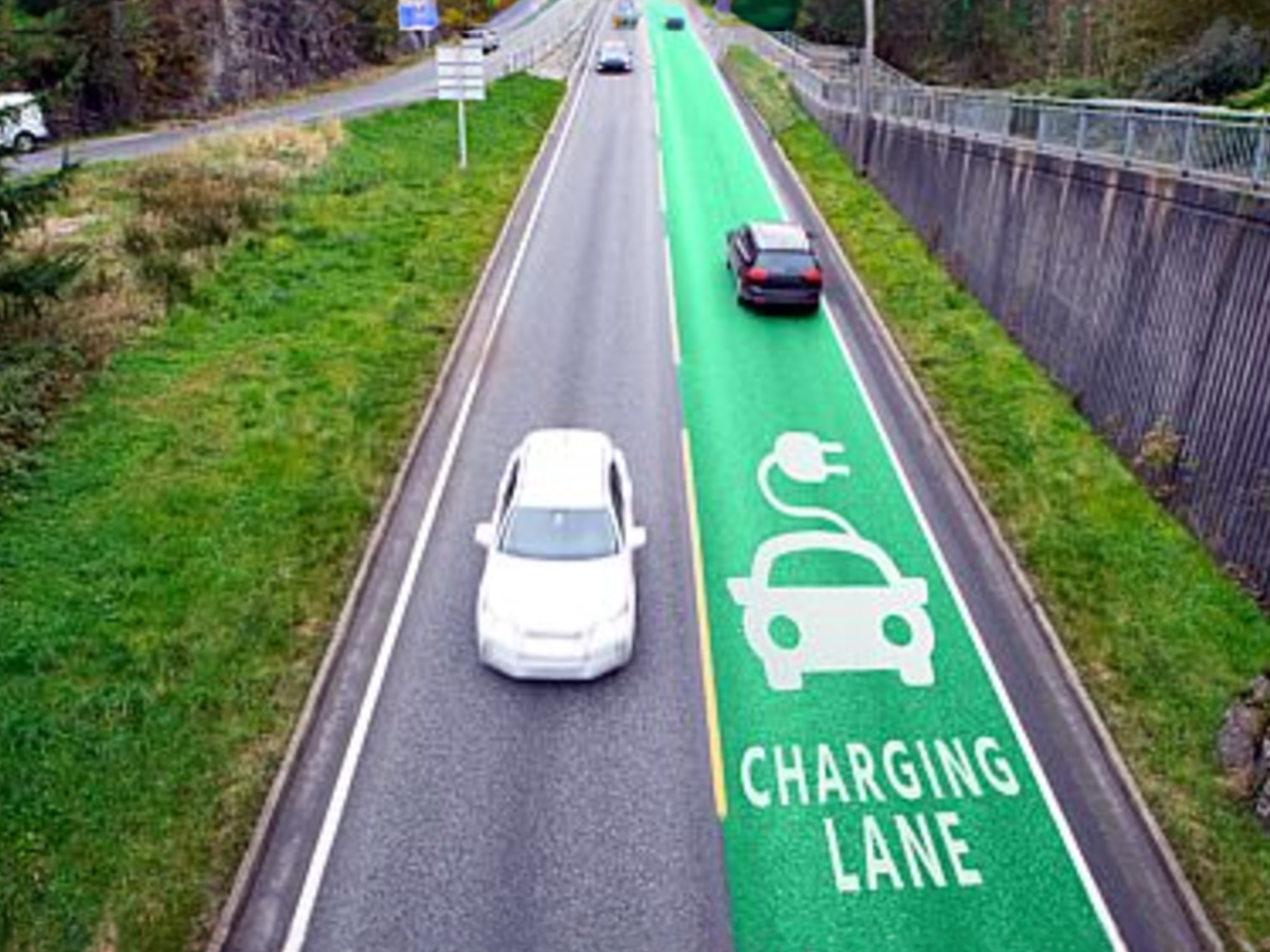Swinburne University Receives $3 Million Grant to Accelerate Dynamic Charging Technology for Electric Vehicles
Can dynamic wireless power transfer technology revolutionize the heavy vehicle industry and contribute to a greener, more efficient transport sector in Australia?
The Australian government has granted Swinburne University $3 million to advance the implementation of dynamic wireless power transfer technology for electric vehicles. This trial aims to revolutionize the transport sector, making it safer, greener, and more efficient. The potential savings for the Australian economy could reach $324 billion by the mid-century.
Electric trucks and buses could soon receive sufficient energy to travel long distances without the need for time-consuming recharging breaks. Swinburne University’s new energy technology research group leader, Professor Mehdi Seyedmahmoudian, believes that this trial has the potential to transform the heavy vehicle industry by eliminating current limitations on the adoption of electric heavy vehicles. The project is a collaborative effort involving ACE Infrastructure, ARRB Group, Fleet Plant Hire, Net Zero Stack, the Royal Melbourne Institute of Technology (RMIT), and SEA Electric.
The $8.2 million prototype for embedding the technology on regional roads was partially funded by the Australian government’s Cooperative Research Centres Projects Grants scheme. Professor Seyedmahmoudian states that this trial is the culmination of years of research conducted by world-leading researchers and PhD students in the university’s New Energy Technologies Research Group. The group worked alongside Chief Investigators Saad Mekhilef, a Distinguished Professor in Electrical Renewable Energy, and Alex Stojcevski, a Professor in Computing and Engineering Technologies and the Dean of School Science.
This collaboration aims to create a sustainable transport ecosystem that significantly reduces our environmental footprint. By providing a platform for researchers to collaborate with industry partners, Swinburne University hopes to contribute to real-world solutions in the development of sustainable and innovative energy solutions for transportation.
However, there are concerns about the viability of dynamic wireless power transfer (DWPT) technology. The amount of power required to supply electricity through the road is substantial, and there are transmission losses between the coils in the road and the vehicles above. The cost of implementing DWPT technology is also a significant factor, as it requires large amounts of copper and other materials. Studies in India and China suggest that a DWPT-enabled road requires critical design considerations, including electronic converters, compensators, control systems, and a robust electricity grid.
Furthermore, the design of DWPT-enabled roads requires a higher level of structural composition compared to conventional roads. Additional concrete is needed to prevent coil movement and damage from vehicle pressure. Care must be taken to prevent water ingress and insulate the coils from extreme temperatures. The cost of implementing DWPT technology has been estimated to be significantly higher than traditional road construction.
Considering Australia’s vast distances and relatively low population, the feasibility of implementing charging lanes for electric trucks between capital cities seems challenging at this time.
- Swinburne University receives $3 million grant from the Australian government
- Trial aims to accelerate the implementation of dynamic wireless power transfer technology for electric vehicles
- Estimated savings for the Australian economy could be $324 billion by the mid-century
- Goal is to provide long-distance charging for heavy vehicles without recharging breaks
- Collaborative effort involving multiple parties and world-leading researchers
The $3 million grant from the Australian government will help Swinburne University accelerate the implementation of dynamic wireless power transfer technology for electric vehicles. This trial has the potential to transform the heavy vehicle industry by providing long-distance charging without recharging breaks. While there are concerns about the viability and cost of DWPT technology, this collaborative effort aims to create a sustainable transport ecosystem. However, the challenges of implementing DWPT-enabled roads in Australia’s vast landscape and low population density remain for the time being.

